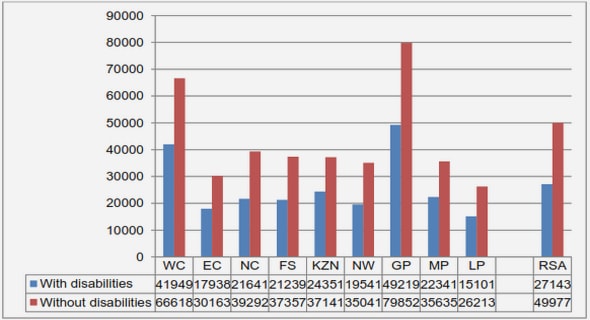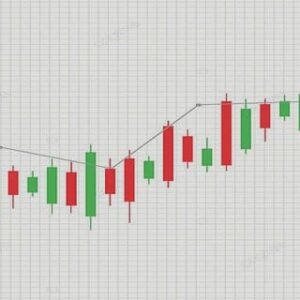(Downloads - 0)
For more info about our services contact : help@bestpfe.com
Table of contents
1 General introduction
1.1 Context and motivation
1.2 Contributions
1.3 Thesis outline
2 High Resolution Transmission Electron Microscopy (HRTEM) imaging
2.1 Transmission Electron Microscopy (TEM)
2.1.1 Schematic description of a TEM
2.1.2 Specimen preparation
2.1.3 TEM imaging theory
2.1.4 HRTEM
2.2 Observations of soot nanostructure by HRTEM
2.3 Observations of active phase of hydrotreating catalysts
2.3.1 HRTEM images and sub-images of catalyst X (CatX)
2.3.2 HRTEM images and sub-images of catalyst Y (CatY )
2.4 Structure of fringes (active phases) of catalyst in spatial domain and in frequency domain
3 Generalities on stochastic modeling
3.1 Introduction
3.2 Short versus long memory process
3.2.1 Stationary processes
3.2.2 Short memory process
3.2.3 Long memory process
3.3 Self-similar process
3.3.1 Continuous time self-similar process
3.3.1.1 Self-similar process in continuous time
3.3.1.2 Self-similar process with stationary increments in continuous time
3.3.2 Discrete time self-similar process
3.3.2.1 Self-similar process in discrete time
3.3.2.2 Second order self-similar process in discrete time
3.3.3 Relationships between (asymptotical) self-similarity and short/long memory behaviors
3.4 Examples of self-similar and/or long range dependence processes in continuous time
3.4.1 Gaussian H-SSSI models – fractional Brownian motion
3.4.1.1 Brownian motion
3.4.1.2 Fractional Brownian Motion (FBM)
3.4.2 Non-Gaussian H-SSSI models
3.5 Examples of self-similar and short/long range dependence processes in discrete time
3.5.1 FGN process
3.5.2 k-factor GARMA process
3.5.2.1 Properties
3.5.2.2 ARFIMA process
3.5.2.3 FI process
3.6 2-D stochastic modeling
3.6.1 2-D isotropic FBF modeling
3.6.2 2-D ARMA, AR, MA modeling
3.6.2.1 AR model
3.6.2.2 MA model
3.6.2.3 Causality
4 2-D G-AR-FBF modeling and parameter estimation
4.1 2-D Auto-Regressive Fractional Brownian Field
4.1.1 ARFBF Definition and Spectral Characterization
4.1.2 ARFBF modeling procedure
4.2 2-D K-factor Generalized Fractional Brownian Fields
4.2.1 2-D K-GFBF modeling
4.2.1.1 Modulated Fractional Brownian Field BHq
4.2.1.2 Generalized Fractional Brownian Fields BGHK with K spectral poles
4.2.1.3 A particular sub-class of GFBF: the CMFBF
4.3 Hurst parameter estimation of 2-D FBF
4.3.1 Log-RDWP estimation method
4.3.2 Log-RPWP estimation method
4.3.3 Results of Hurst parameter estimation
4.3.4 Performance of Log-RPWP Hurst parameter estimator
5 Application to HRTEM image characterization
5.1 K-factor GFBF samples and Soot HRTEM textures
5.2 Convolution mixture of FBF and modulated FBF modeling for HRTEM catalyst texture synthesis
5.2.1 Motivation
5.2.2 CMFBF modeling for catalyst HRTEM image
5.2.2.1 Step 1: FBF modeling and suppression
5.2.2.2 Step 2: Modulated FBF parameter estimation
5.2.3 Synthesis of catalyst HRTEM images from CMFBF
5.3 Morphology analysis of catalyst active phase using ARFBF modeling
5.3.1 Problem formulation
5.3.1.1 Pre-processing – WHFR
5.3.2 ARFBF modeling of HRTEM image
5.3.2.1 FBF modeling and suppression
5.3.2.2 AR modeling
5.3.3 Morphological analysis of HRTEM ARFBF features
5.3.3.1 Morphological analysis
5.3.3.2 Lobe detection
5.3.3.3 Characterization on average spatial distance between atomic layers G, distance variation 4G and tangential length L
5.3.4 Statistical analysis for catalyst discrimination
5.3.4.1 Statistical distributions of G, 4G and L
5.3.4.2 Kolmogorov-Smirnov test for catalyst discrimination
6 General conclusion
7 Appendix: résumé substantiel
Bibliography




